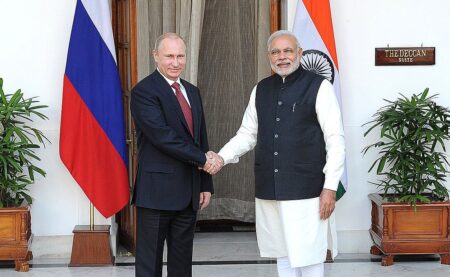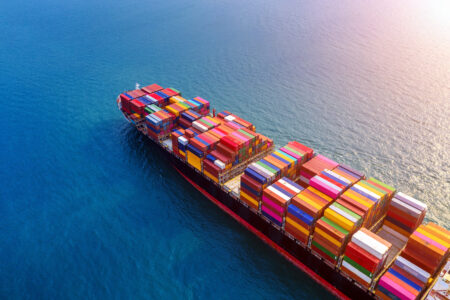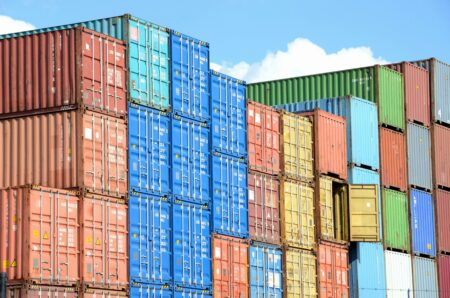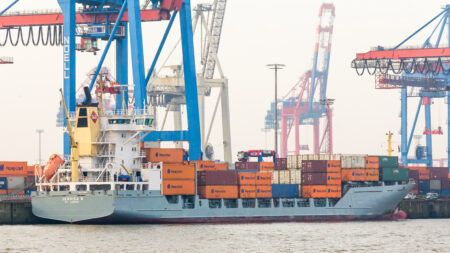Indian shrimp, squid, and lobster exports to the UK are set to boom, as the new CETA pact removes all import tariffs on seafood and boosts India’s global marine trade ambitions.
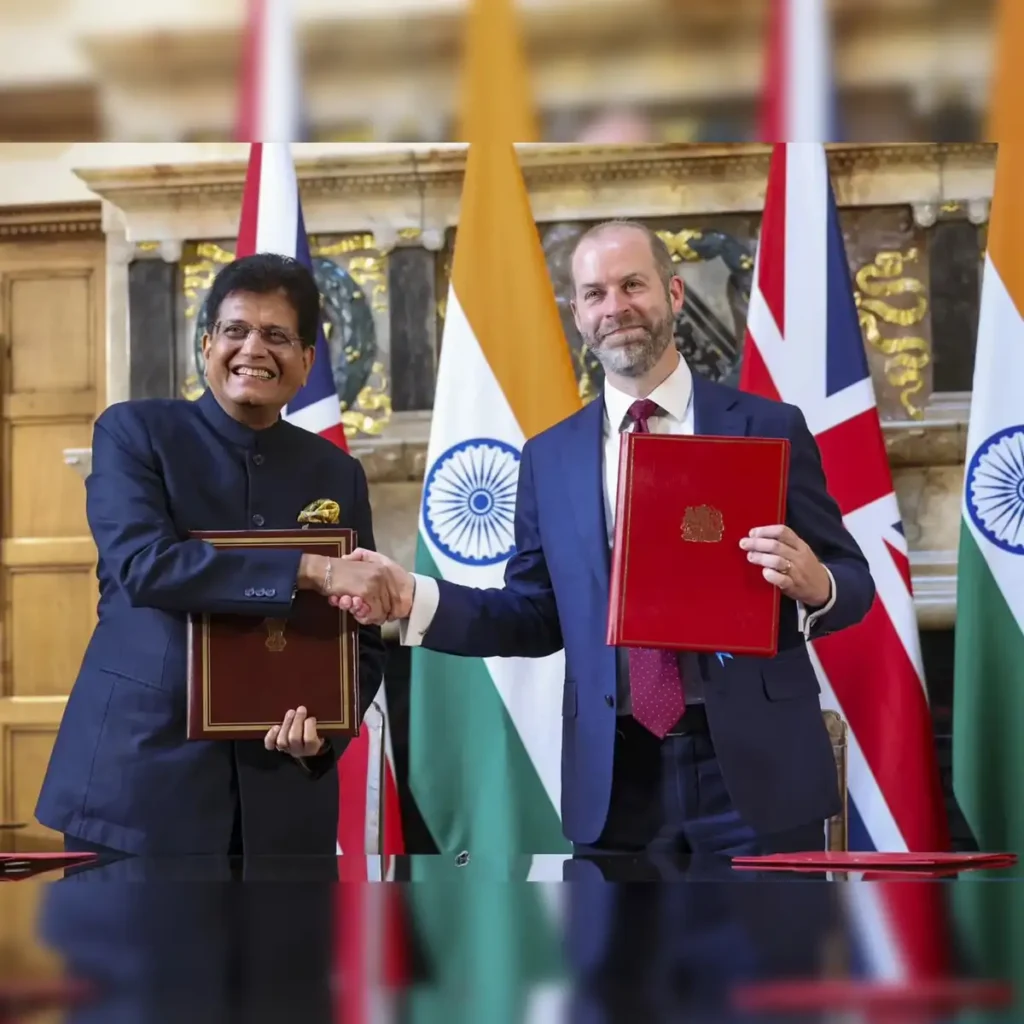
India’s seafood sector has reeled in a game-changing opportunity with the signing of the India–UK Comprehensive Economic and Trade Agreement (CETA) on July 24, paving the way for a projected 70% surge in marine exports to the UK.
Signed in the presence of Prime Minister Shri Narendra Modi and UK Prime Minister Sir Keir Starmer, the pact was formalised by Commerce Minister Shri Piyush Goyal and UK’s Business & Trade Secretary Jonathan Reynolds.
This landmark agreement grants zero-duty access on 99% of UK tariff lines, unlocking significant export potential for Indian industries—especially marine products like shrimp, frozen squid, lobsters, and pomfret—which now enjoy 100% duty-free access under UK tariff schedule ‘A’.
Big Win for Fisherfolk and Exporters
India’s key seafood exports, Vannamei shrimp, black tiger shrimp, frozen fish, squid, and lobsters, previously faced duties of up to 21.5%. With tariffs eliminated, these products will now compete on par with exports from Vietnam and Singapore, which already benefit from UK trade deals.
Coastal states such as Andhra Pradesh, Kerala, Maharashtra, Tamil Nadu, and Gujarat, already significant contributors to India’s marine economy, are expected to spearhead this export boom.
The Numbers Behind the Surge
- India’s total seafood exports (2024–25): $7.38 billion
- UK seafood exports from India: $104 million
- Frozen shrimp share in UK exports: $80 million (77%)
- UK’s total seafood imports: $5.4 billion
- India’s current UK market share: 2.25%
With CETA, Indian exporters are poised to expand market share significantly while diversifying beyond traditional partners like the US and China.
Coastal Livelihoods & Global Leadership
The fisheries sector supports 28 million Indian livelihoods and contributes nearly 8% to global fish production. The past decade saw export volume rise by 60%, value by 88%, and value-added products triple, reflecting a shift towards premium markets.
Industry leaders expect this pact to not only uplift coastal communities but also bolster India’s image as a trusted, high-quality seafood supplier on the global stage.
Beyond Shrimp: What’s Covered?
CETA grants duty-free access for products under:
- HS Code 03: Fish, crustaceans, molluscs
- HS Code 05: Coral, Artemia, etc.
- HS Code 15: Marine oils
- HS Code 1603–1605: Prepared seafood
- HS Code 23: Fish meal, feed
- HS Code 95: Fishing gear
Only HS 1601 items (sausages) remain excluded from the benefit.
A Sustainable, Strategic Leap
The CETA agreement is not just about tariffs; it is about positioning India as a sustainable marine trade leader. With improved traceability systems, sanitary standards, and growing global demand, Indian seafood is ready to ride the CETA wave into new waters.
This strategic shift aligns with India’s Amrit Kaal vision for inclusive growth, global trade leadership, and rural upliftment.
Source: PIB






